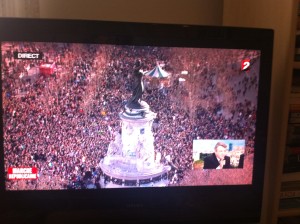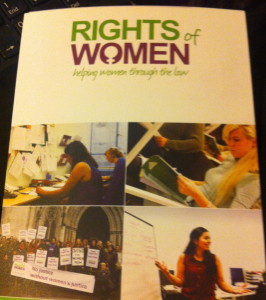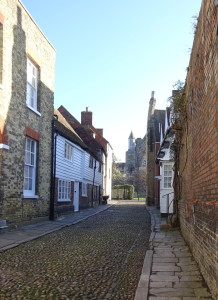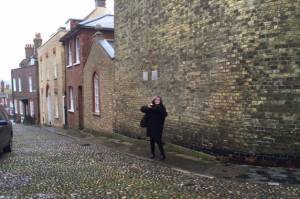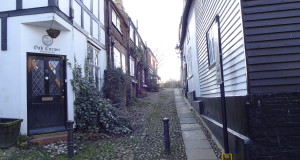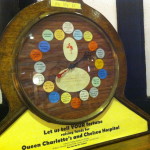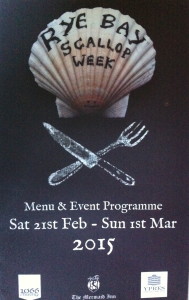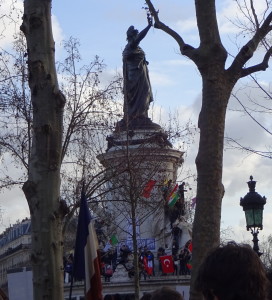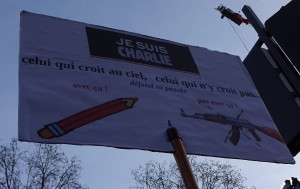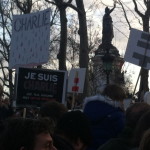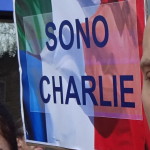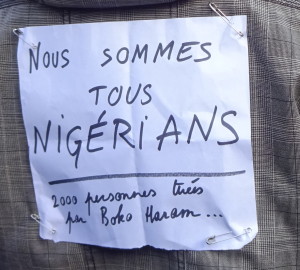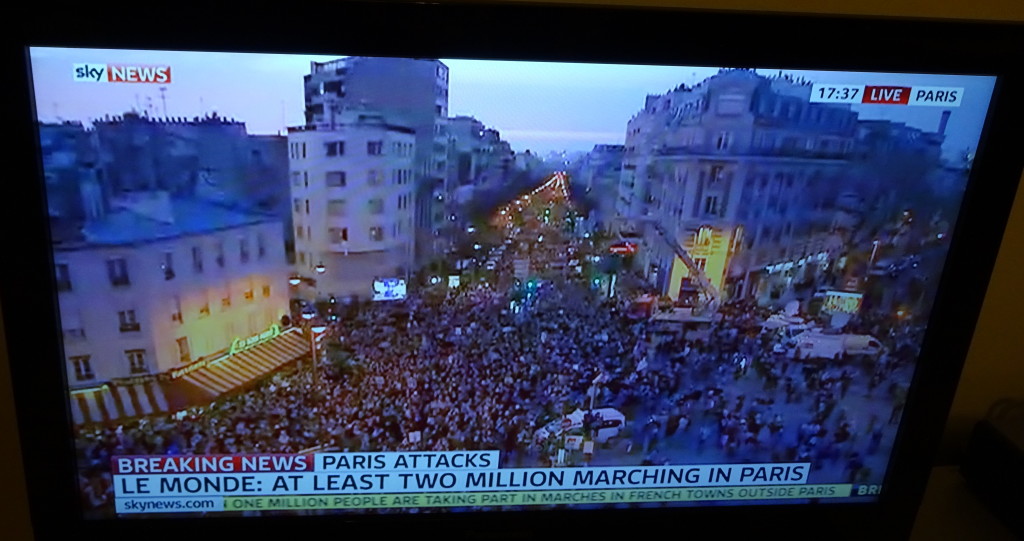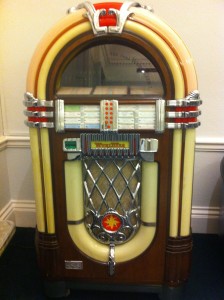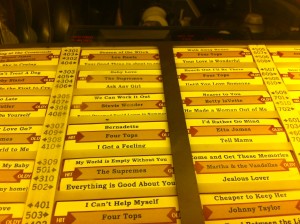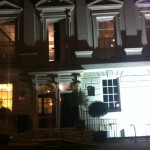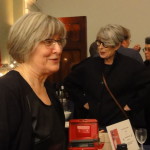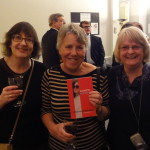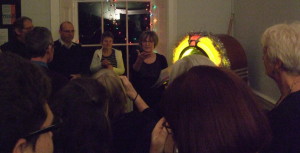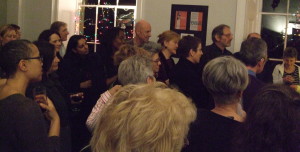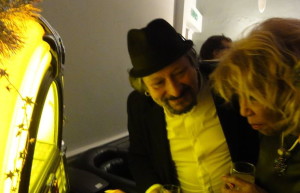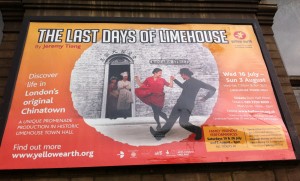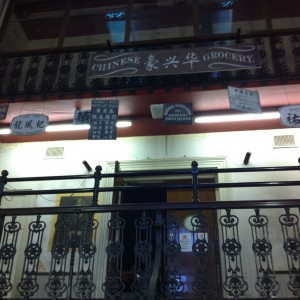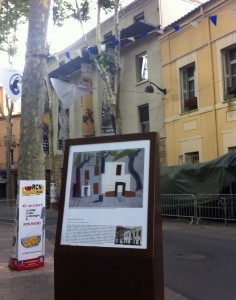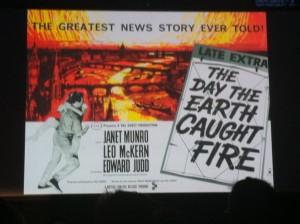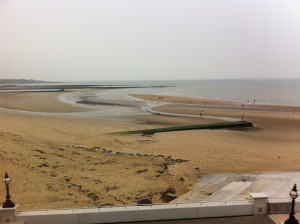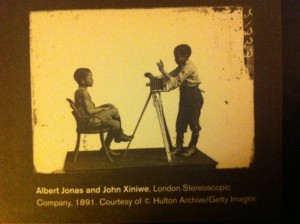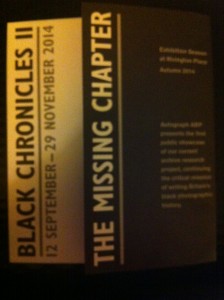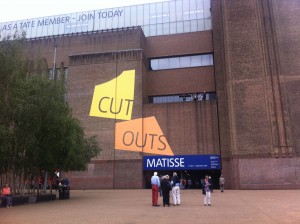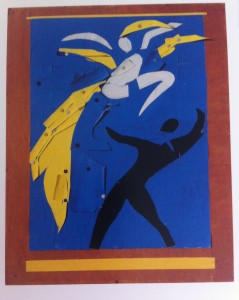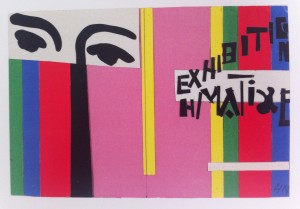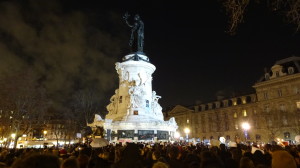
On Wednesday morning I was at my desk in London, desultorily doing some paper work, looking forward to lunch at Zedel – a French brasserie off Piccadilly Circus – and after that a trip to see The Book of Mormon.
Cal came into the room. ‘There’s been a shooting at the Charlie Hebdo office. Twitter is saying 10 dead.’ I couldn’t believe it. I didn’t want to believe it. An incident yes, maybe injuries, but not death. I am not a fan of strip cartoons. I knew Charlie Hebdo vaguely – France’s Private Eye but more irreverent. It is important in France. Even if people don’t read it they want to know what Charlie Hebdo is talking about. Everyone knows the style of the cartoonists.
But this was too terrible to contemplate. More tweets were coming in, from formal sources. Emails arrived in my inbox from FranceTV and Liberation. Serious injuries. Then at least 10 dead. Then twelve dead. It was true.
Lunch – although delicious – was a sad affair. Tweets were coming in. The first time I read ‘Je Suis Charlie’ I wanted to cry, just as our waiter was describing an item on the menu. I looked at him with tears in my eyes. And then the irony of watching the Book of Mormon. What religion can do. A wonderful show, I urge everyone to see it, but I watched with a lump in my throat. At home we watched the news and the gathering of crowds in Place de la Republique. the signe Je suis Charlie was everywhere.
Purely by chance I had booked a ticket to Paris the next day – Thursday, 8 January. The day President Hollande had said would be a day of national mourning. Security at St Pancras seemed tighter. Queuing to go through French passport control I read a notice pinned on a post – in French it said that anyone with any photos or videos of the incident or information about the suspects should speak to the authorities. At the passport control desk I noticed a large picture of one of the two men.
We were in France, still on the train at 12 noon when the announcement was made that there would now be a minute’s silence. The train didn’t stop but a cloud of silence descended on our carriage. At the Gare du Nord I didn’t notice as many police with guns. Perhaps they had been called away on other duties. Otherwise, life in Paris was going on as usual, the metro was running, passengers talking and laughing, tourists with huge backpacks, silent people reading novels.
In the flat I switched on France Info. The hunt for the killers was on. Apart from the weather and one or two headlines, Charlie Hebdo was the only subject of news. There had been a shooting in Southern Paris – a police officer killed, but that it seemed was unrelated, just a sad coincidence. One of the Paris digital news boards in rue de Rennes was saying that there would be a vigil in Place de la Republique that night. I wondered how the Mairie of the VIth was responding to the events and walked to Place Saint Sulpice. Outside the Mairie was a printed sign offering condolences to the families and extending solidarity.
News came in that the suspects had left an identity card in their car – could it be real? They had abandoned their black car and hijacked the car behind them, throwing out the driver. He had said he couldn’t leave his dog, so they let him take his dog. Then there was news that the suspects had been sighted in a motorway shop, stealing food and petrol. Such banal behaviour after such mayhem.
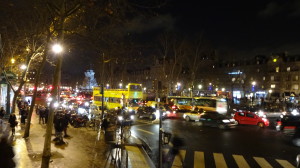 As night fell I took the 96 bus and went to the Place de la Republique. It wasn’t raining but the air was damp. I crossed at the lights into the Place. Already there were huge crowds, cheering clapping singing La Marseillaise in a sort of low moan. People held up candles, pencils, signs Je suis Charlie. There was chanting, all different sort of chants, as one ended another would begin – Nous sommes Charlie, Nous sommes Charlie: Liberté d’expression, Liberté d’expression: Charlie n’est pas mort: Maintenant Charlie est immortel: Dans la rue démocratie: On est unis.
As night fell I took the 96 bus and went to the Place de la Republique. It wasn’t raining but the air was damp. I crossed at the lights into the Place. Already there were huge crowds, cheering clapping singing La Marseillaise in a sort of low moan. People held up candles, pencils, signs Je suis Charlie. There was chanting, all different sort of chants, as one ended another would begin – Nous sommes Charlie, Nous sommes Charlie: Liberté d’expression, Liberté d’expression: Charlie n’est pas mort: Maintenant Charlie est immortel: Dans la rue démocratie: On est unis.
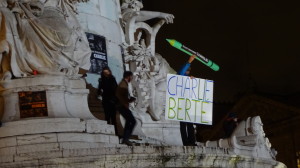
On Friday I spent almost the whole day in front of the TV. In the morning came the news that the suspects had holed up in a printing establishment in a town to the North of Paris. There were long hours of shots of grass, with blurred images of men in balaclavas (the forces of order) moving around.
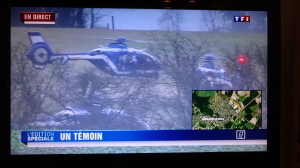
The had three hostages. They had two hostages. They let one go. They had one hostage. Helicopters flew low, TV presenters tried to find things to say. Experts in the studio ruminated that the men would be tired, hungry. Runways at Charles de Gaulle airport were closed. TV screens started to show the slogan Je Suis Charlie. Twitter accounts had black lines through as a mark of respect. People changed their twitter picture to Je Suis Charlie.

C was coming on the train. As she passed Charles de Gaulle airport there were the helicopters. It seemed very close. And then there was a shocking development. Another situation, in Vincennes, in the east of Paris, there had been hostages taken in a supermarket. It was called Hyper Cacher, Kosher Supermarket. Our hearts sank. This could not happen.
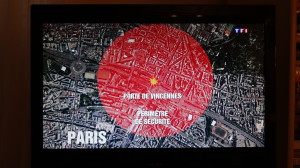
In a way, the murders of Wednesday were forgotten. Now it was all about how the situation in the north and in the east of Paris would be resolved. The main road, the periferique, was closed, buses and the Metro in that area were stopped. We heard that a threat had been made in the supermarket that if the two brothers in the printing establishment did not come out free and safe hostages in the supermarket would be killed. The man in the supermarket was known, he knew the brothers. Then the media were asked to move back from the area of the printers. It seemed madness – why should they need to be asked in such a situation?
There were shots, smoke. The brothers were out. Firing, shooting, shot. Something had to happen in Vincennes. The police went in – it was all on screen – they seemed so vulnerable. Surely they would be shot, they were in files, one behind the other, crouching creeping. There were flashes, shots, explosions. The hostages were out. How many injured? It wasn’t clear. 5 dead. 4 hostages and the hostage taker.
It was over. They were dead.
People sent emails and texts, asking if we were OK. And we are. In the VIth, life goes on as usual.
We are just preparing to go to the march in the Place de la Republique. It is discouraging to be marching with David Cameron who is said to be coming. The march begins at 3pm. It is now 1pm. Already the TV tells us that the Place is full.
